The Secret Life of Giltwood: How Gold Leaf Defined British Grandeur
For centuries, few materials have symbolised luxury, craftsmanship, and prestige as powerfully as giltwood. From the mirrored walls of Georgian drawing rooms to the exuberant frames of Regency pier glasses, gilded furniture and decoration remain synonymous with British grandeur. But beneath the shimmer lies a fascinating story — one of chemistry, craft, and changing taste.

What Is Giltwood?
“Giltwood” refers to wooden furniture or architectural elements coated with gold leaf. The process, known as gilding, involved layering sheets of gold onto prepared surfaces, often using a fine clay base called bole and an adhesive like rabbit-skin glue.
The result: a luminous, reflective finish that appeared to glow from within — softer and richer than metallic paint could ever achieve.
From the late 17th century through the Regency period, giltwood became the visual shorthand for opulence. Frames, brackets, mirrors, console tables, and torcheres gleamed in candlelight, reflecting wealth and refinement in equal measure.

The Origins of Gilding in England
The English appetite for gilding can be traced to continental influences. During the Restoration, Charles II’s court imported French and Italian tastes in architecture and design. Versailles’ dazzling salons inspired English craftsmen to emulate their continental counterparts. By the early 18th century, London workshops in St. Martin’s Lane were producing exquisitely carved giltwood furniture for aristocratic patrons.
Names like James Moore, Benjamin Goodison, and Thomas Chippendale established the giltwood tradition as central to the British decorative arts. Their creations—pier glasses, girandoles, console tables—were as much about status as style.

The Alchemy of Gold Leaf
True gilding is a discipline of extraordinary precision. Artisans begin with bare wood, which they carve, sand, and seal with gesso—a mixture of chalk and glue that provides a smooth, hard surface. Over this, layers of bole (a fine red or yellow clay) are applied. The bole not only provides a warm undertone but also allows the artisan to burnish the gold leaf to a mirror shine.

Gold leaf itself is astonishingly thin—around 1/250,000th of an inch—so fine it can float away with a breath. Once applied using a soft brush, it is gently pressed and burnished with an agate stone.
This meticulous process could take days, sometimes weeks, for a single piece, explaining both its rarity and value.

Giltwood in Georgian and Regency Interiors
By the mid-18th century, giltwood furniture became a defining element of Georgian elegance. The neoclassical movement, popularised by Robert Adam and Chippendale’s Director, used gilding to highlight the fine linear carvings of anthemion scrolls, acanthus leaves, and husk garlands.
In contrast, Regency giltwood often embraced a bolder, more architectural character. Pier mirrors stretched from skirting board to cornice, their gilt frames topped with eagles or sphinxes. Console tables rested on lion monopodia legs, echoing ancient Roman models.
Each period interpreted gilding differently — but always as the mark of sophistication.

How to Identify Authentic Giltwood
Collectors can distinguish genuine antique gilding through several tell-tale signs:
Soft, mellow tone – True gold leaf doesn’t tarnish but acquires a warm, subtle patina over centuries.
Visible red bole – Look closely and you’ll see tiny patches of reddish undertone where the gold has worn, particularly on edges and carvings.
Craquelure and wear – Age brings fine cracking and gentle wear at contact points, never uniform or artificial.
Weight and craftsmanship – Giltwood furniture feels light yet strong, with finely hand-carved detailing impossible to replicate by machine.
Modern re-gilding, by contrast, tends to appear overly bright and uniform, lacking the depth and character of period surfaces.
---
Caring for Giltwood Pieces
Antique giltwood requires delicate handling. The gold surface is as fragile as the day it was laid.
Avoid polishing, rubbing, or chemical cleaners. Instead, use a soft, dry brush to remove dust.
If flaking or lifting occurs, consult a professional conservator—never attempt repair at home.
Humidity and sunlight are also enemies: gold leaf can expand, crack, or dull if exposed to fluctuating environments. Ideally, display giltwood pieces in stable, shaded conditions.

Why Collect Giltwood Today?
Beyond its aesthetic charm, giltwood represents a pinnacle of human craftsmanship. Each piece tells a story—not only of the aristocratic interiors it once adorned, but of the artisans who transformed humble timber into gold-lit poetry.
Collectors today are rediscovering giltwood as a bridge between fine art and furniture. A Regency pier mirror or a George III girandole adds immediate drama and light to contemporary spaces, balancing modern minimalism with historic depth.
Whether paired with stone, linen, or neutral walls, antique giltwood remains one of the most adaptable forms of decorative art — its quiet radiance never out of fashion.
---
FAQs
1. How do I know if giltwood furniture is genuine?
Look for irregularities, hand-carving marks, and natural patina. Modern reproductions tend to have sharper edges, perfect symmetry, and artificial gold paint rather than leaf.
2. Can giltwood be restored?
Yes, but only by a qualified conservator using traditional materials such as gesso, bole, and rabbit-skin glue. Over-restoration can destroy historical value.
3. Does giltwood contain real gold?
Yes. Traditional gilding uses genuine 22–24-carat gold leaf, though cheaper versions sometimes employed Dutch metal (a brass alloy).
4. Where can I find antique giltwood mirrors and furniture?
Nicholas Wells Antiques offers a curated selection of 18th and 19th-century giltwood mirrors, consoles, and frames, each carefully vetted for authenticity and provenance.
5. Why is giltwood valuable?
True giltwood combines artistry, materials, and history. Its craftsmanship, fragility, and enduring beauty make it one of the most collectible categories in decorative arts.

The Enduring Allure of Gold
To own a piece of giltwood furniture is to hold a fragment of history that once shimmered under candlelight in Britain’s great houses.
It speaks of taste, tradition, and the timeless pursuit of beauty — qualities that continue to define Nicholas Wells Antiques today.
> Discover our collection of Antique Giltwood Mirrors and Furniture — where craftsmanship meets timeless elegance.
> If you need giltwood restoration contact Butler and Castell




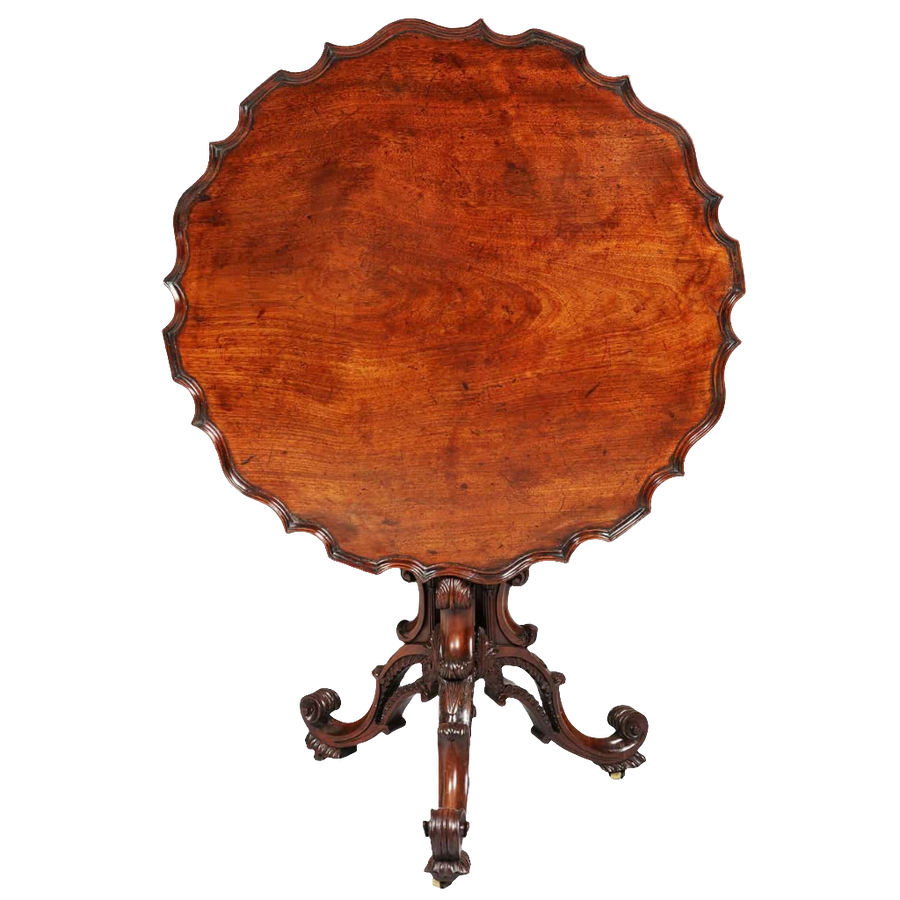
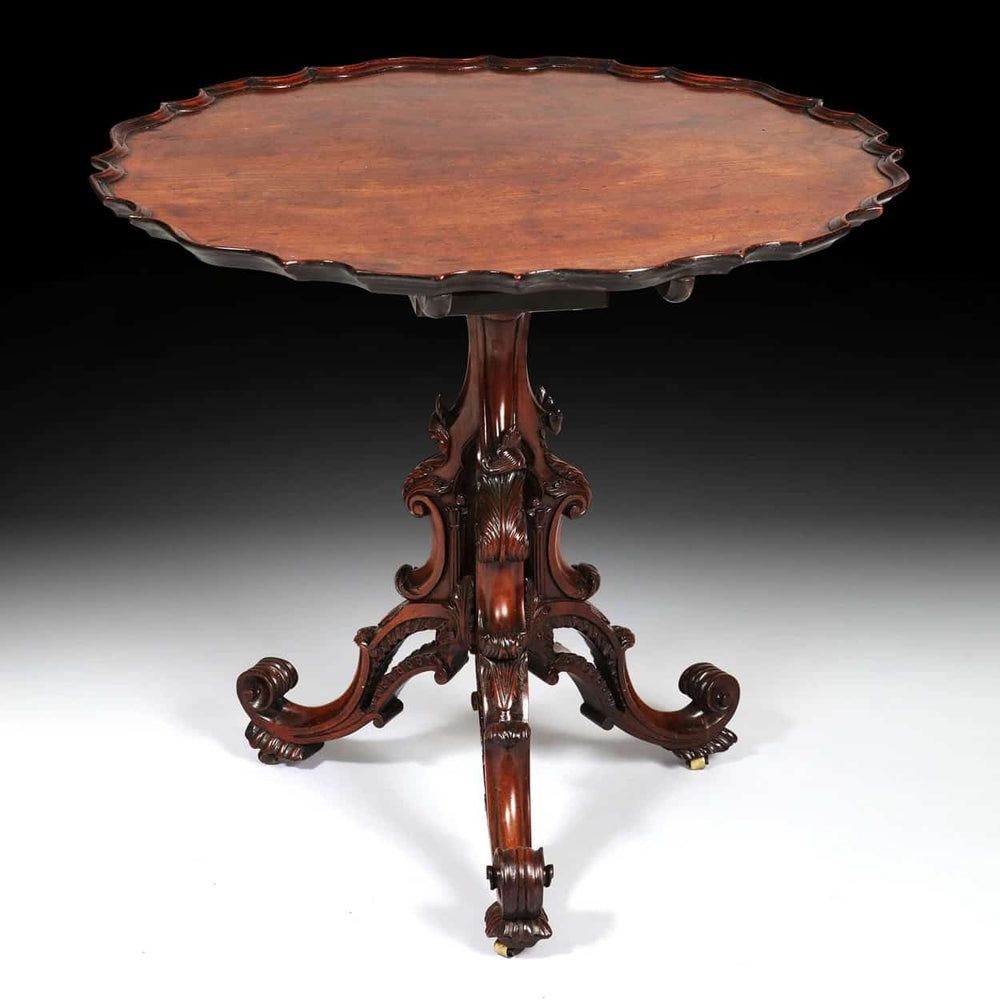
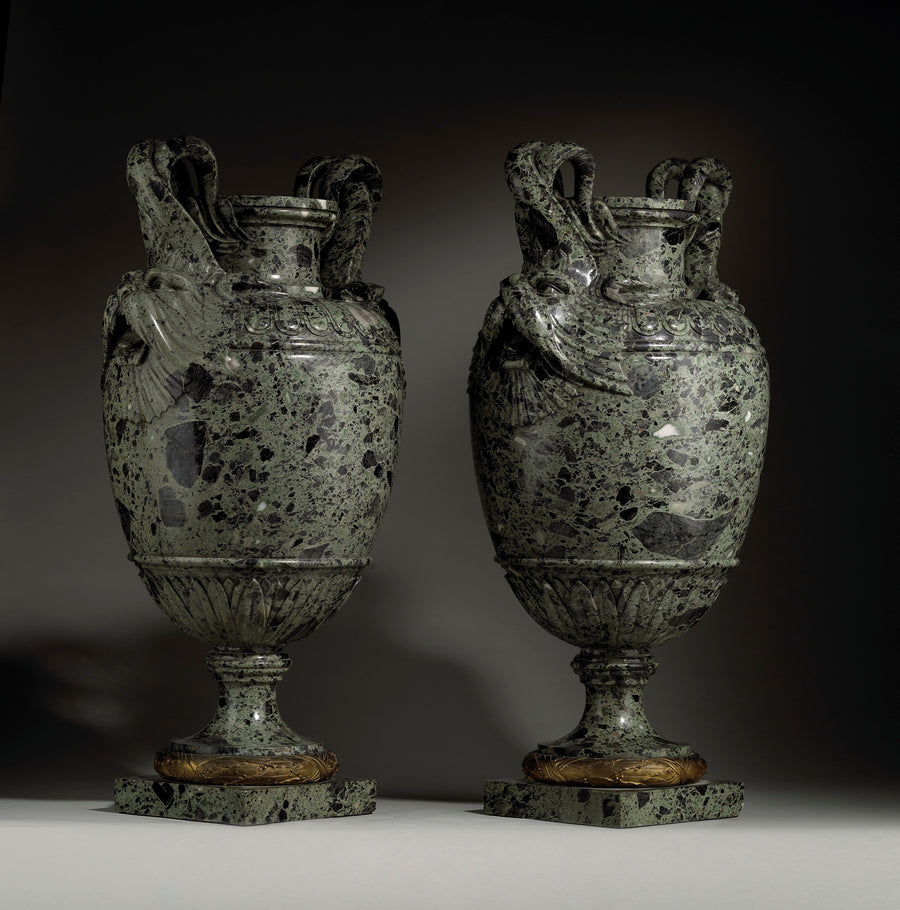
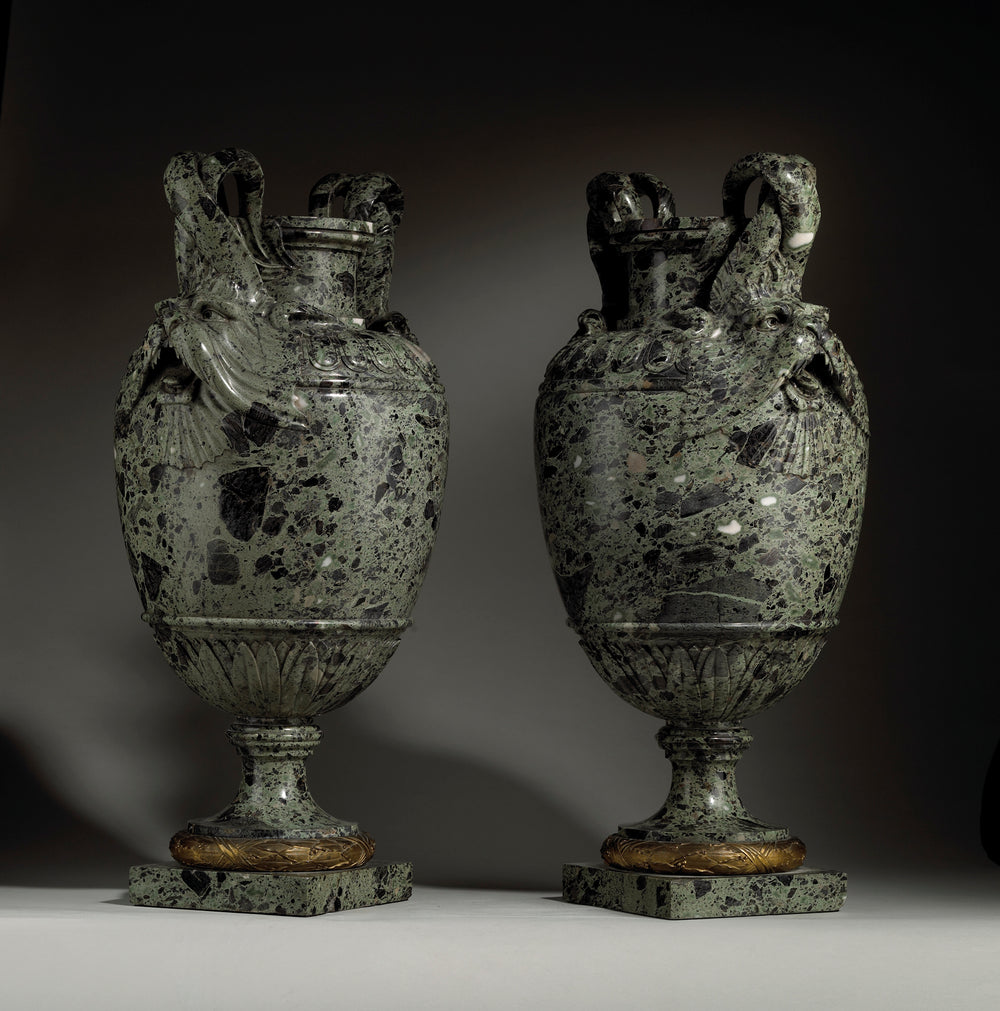

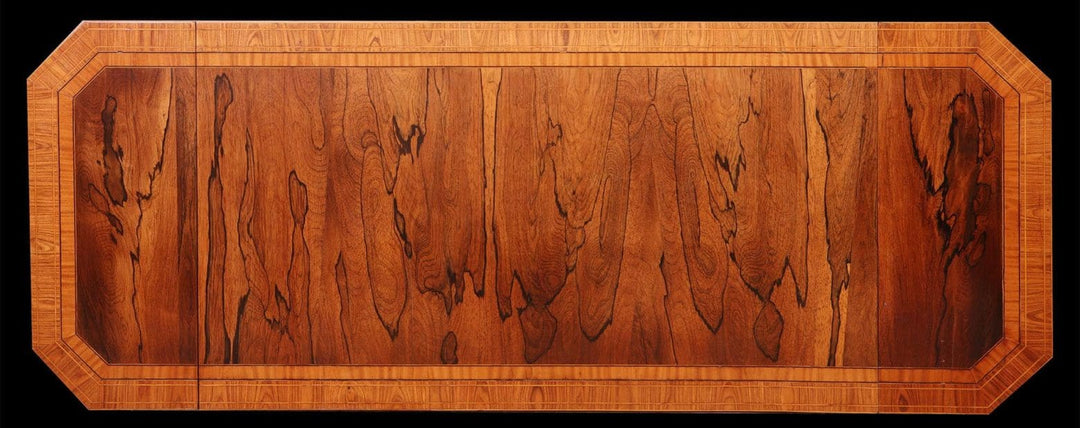


Leave a comment